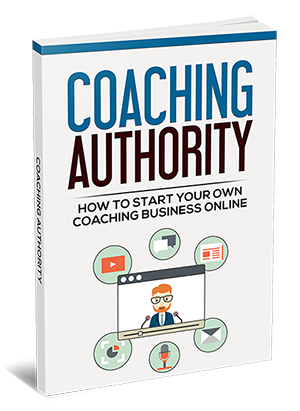- Connecting Your Mobile Number
- Recognizing Phishing Attempts
- Using Avast To Scan Your Emails
- Checking If An Email Is Safe
- Using Filters To Eliminate Spam
- Scanning Spam And Trash Folders
- Creating An Address Book
- Frugality With Sharing Your Address
- Preventing Your Address From Being Shared
- Protecting Personal Information
- Social Media Security
- Managing App Access
- Routine Security Maintenance
- Improving Other Account Security
- Dealing With A Disaster
- Introduction 00:01:26
- Brief Email History 00:03:08
- Account Security Introduction 00:02:13
- Passwords 00:03:45
- Monitoring Your Accounts 00:01:24
- Creating An Address Book 00:01:35
- Social Media Security 00:03:06
- Managing App Access 00:02:15
- Dealing With A Disaster 00:08:34
- Cyber Security Conclusion 00:00:44
- Account Security Lockdown Recap Quiz 00:00:00
- Account Security Lockdown Guide
- Cheat Sheet
- Do's and Dont's
- Resource Report
- Mindmap
- Use a fully secure password (capital letters, symbols, numbers), Use a unique account security question answer, Connect a mobile number to your account, Have a backup / secondary / recovery email account
With all of this email activity and people using email, have you ever considered
the security of your email account?
Imagine this:
You use your smart-phone to receive emails regularly. You are out to dinner and
all of a sudden you receive a notification that there's been a suspicious log-in on
your email account.
Your stomach is in knots by the time you finish reading the message. You gulp
down your meal and rush to a computer. It's already too late. Your account has
been jeopardized.
Now you have to spend hours (and days) trying to re-claim and secure your
personal information like your bank and credit card accounts, PayPal or other
payment processing accounts, social media accounts, business accounts (and
messages) and so much more.
Most people think that it couldn't happen to them, but it's actually far more
common than you would believe...
Think about everywhere that your email account may be used to sign up for
accounts, or even plastered publicly due to poor privacy settings in various
networks (not your fault though).
Consider what might happen if someone were to gain access to a pool of usernames and passwords that signed up for something like say, a forum. They
might then run through the email accounts connected to the usernames, and try
the specified password for each.
This could spell catastrophe for you, not to mention all of the other people as
well.
The thing is, you can easily take a few seemingly simple precautions to secure
your account immensely. Putting into practice just a few techniques and setting
up a few things on the back end, and you can lower the chances of a successful
attack from a hacker an infinite amount.
Furthermore, if you take the time to secure your account (and associated
accounts - as you'll see), then in the event that your account is compromised,
you will easily have the tools and skills to swiftly reclaim your account and your
privacy as well.





Write a public review